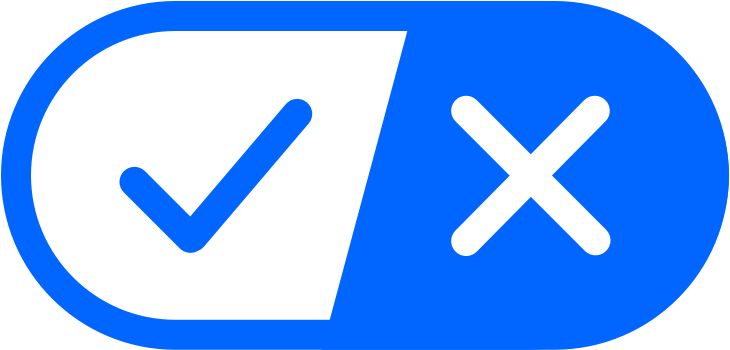Whether you’re approaching retirement or have reached retirement age, learning about Medicare becomes a necessity. Medicare eligibility, enrollment periods, and changing benefits can feel like a lot to learn for newcomers. Fortunately, plenty of resources exist to help you get up to speed and choose the right Medicare plan to meet your unique health needs.
Let’s explore them together.
